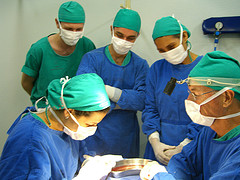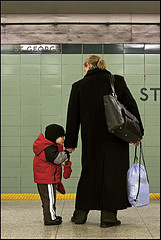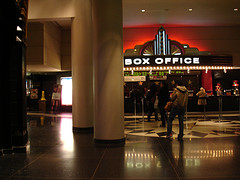 Today’s edition of the Los Angeles Times reviews Australian sociologist Anthony Elliott’s new book, “Making the Cut: How Cosmetic Surgery Is Transforming Our Lives.” Elliott, chairman of the sociology department at Flinders University, seeks to “examine how cosmetic surgery is at once a driving force and a result of the new, international, techno-speedy, obsolescence-included economy — an almost perfect model of how capitalism not only meets consumer needs but creates them as well.”
Today’s edition of the Los Angeles Times reviews Australian sociologist Anthony Elliott’s new book, “Making the Cut: How Cosmetic Surgery Is Transforming Our Lives.” Elliott, chairman of the sociology department at Flinders University, seeks to “examine how cosmetic surgery is at once a driving force and a result of the new, international, techno-speedy, obsolescence-included economy — an almost perfect model of how capitalism not only meets consumer needs but creates them as well.”
LA Times reporter Mary McNamara writes,
“Quoting experts as disparate as Pamela Anderson and Sigmund Freud (surely this is a first), citing cultural events as diverse as reality television and various corporate scandals, Elliott makes the case that millions of people are getting cosmetic surgery not because they are narcissists but because they are afraid. Not just of losing a job to a younger colleague or a spouse to a younger competitor, but of losing the chance to engage in what has become the hottest hobby in America: reinvention.”
“Elliott argues that people, at least the old definition of people, i.e. creatures whose bodies go through a predictable set of changes called “aging,” are increasingly perceived as not only a drag on the new capitalism, with its enjoyment of downsizing and corporate shake-ups (the former CEO with the bags under his eyes is probably tired, the woman with the pooching belly might have children who require her at home some of the time), but also a sign of woefully limited imagination.”
“Elliott seems particularly disturbed by the young people who seem to view cosmetic surgery as an accessory, something to be purchased, used for a season and upgraded (the pages about surgical tourism are particularly hilarious, in a horrifying way).”
“For better or worse,” Elliott writes, “globalization has given rise to the 24/7 society, in which continual self-actualization and dramatic self-reinvention have become all the rage.”


 A
A 
